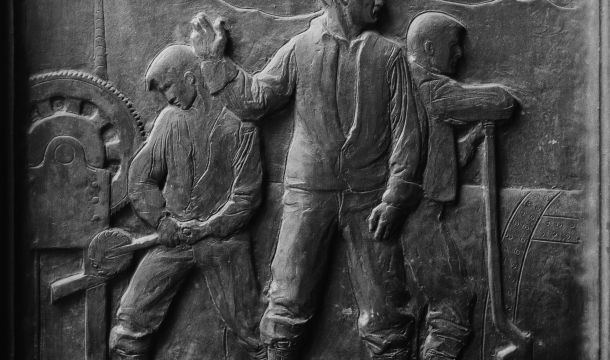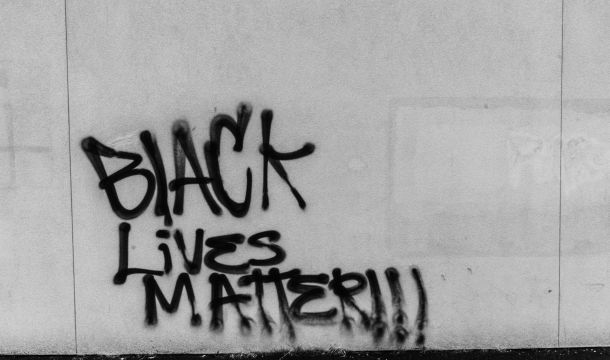NLRB Expands "Concerted" Protections for Individual Job Actions
Section 7 of the National Labor Relations Act (NLRA) establishes the federally-protected right "to engage in . . . concerted activities for the purpose of . . . mutual aid or protection." To be protected under Section 7 of the Act, employee conduct must be both "concerted" and engaged in for the purpose of "mutual aid or protection."
For many years, the NLRB struggled with the concept of how far these definitions go. In an important 1984 ruling in Meyers Industries, the Board held that an employee's activity is concerted when it is "engaged in with or on the authority of other employees, and not solely by and on behalf of the employee himself." 268 NLRB at 497. In its second Meyers ruling in 1986, the Board clarified that concerted activity under Section 7 "encompasses those circumstances where individual employees seek to initiate or to induce or to prepare for group action, as well as individual employees bringing truly group complaints to the attention of management." 281 NLRB at 887.
During the Trump Administration, in Alstate Maintenance, 67 NLRB No. 68 (2019), the NLRB attempted to bring clarification to the concerted activity concept by adopting a checklist of factors the determination. In its August 2023 ruling in Miller Plastic Products, Inc., 372 NLRB No. 134, the current Board reverses Alstate Maintenance and determines that its criteria effectively imposed "a minimum threshold for a concerted activity in place of the fact-sensitive approach required under Meyers." The current ruling finds that the Alstate ruling risks leaving certain concerted activities unprotected, such as "spontaneous, informal" protests, and questions, which are "frequently an indirect way of criticizing and drawing others to oppose a new policy," according to the current NLRB majority. For this reason, the current NLRB overrules Alstate Maintenance and returns to what it states as a fundamental principle of Meyers that "the question of whether an employee has engaged in concerted activity is a factual one based on the totality of the record evidence."
The NLRB seems to be saying that it must conduct a thorough review of all the record evidence in order to determine whether an individual employee's conduct has "some linkage to group action." For example, to be considered concerted activity, an individual employee's statement to a supervisor must either bring a truly group complaint regarding a workplace issue to management's attention, or the totality of the circumstances must support a reasonable inference that in making the statement, the employee was seeking to initiate, induce or prepare for group action. Particularly in a group meeting, the Board might reasonably infer that a protest was intended to induce group action.
In a related development, the NLRB also ruled in August that the concept that employees who take group action in the workplace for "mutual aid or protection" applies to actions supporting non-employees when those actions can benefit the employees who undertake them. American Confederation for Children, NLRB No. 28-CA-246878, 8/26/23. In a statement announcing the decision, NLRB Chair McFerran stated: "Standing in solidarity can be a protected act regardless of the employment status of those you stand with - the question is simply whether, in helping others, employees might help themselves and get help in return." This means that employers may not retaliate against employees for signing petitions or taking other group actions to improve working conditions for non-employees, like independent contractors, supervisors, and agricultural workers who are excluded from the Labor Act's definition of "employee."
Editor's Note: These cases are additional examples that the current NLRB is attempting to stretch the Labor Act in every possible way to provide protections to employees and labor organizations.
This article is part of our October 2023 Newsletter.
View newsletter online
Download the newsletter as a PDF
Related Content
Get Email Updates

NLRB to Seek Rescission of past Discipline Imposed under Overbroad Employer Work Rules

Do Drive Cam Cameras inside Trucks Violate Employee Rights?

Amazon Considers Risk When Investigating Employee Misconduct

Latest NLRB Attack Goes beyond Non-Compete Agreements to Reach Outside Employment

NLRB Board Addresses BLM Insignia at Work

